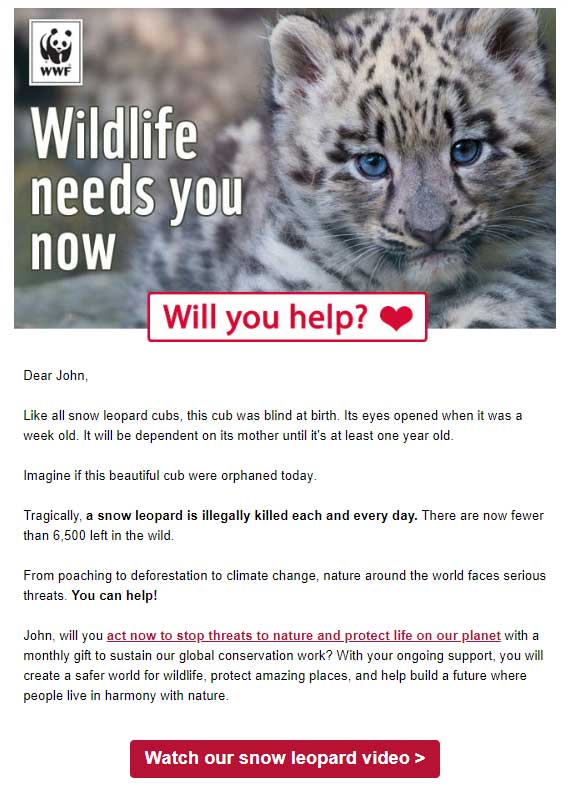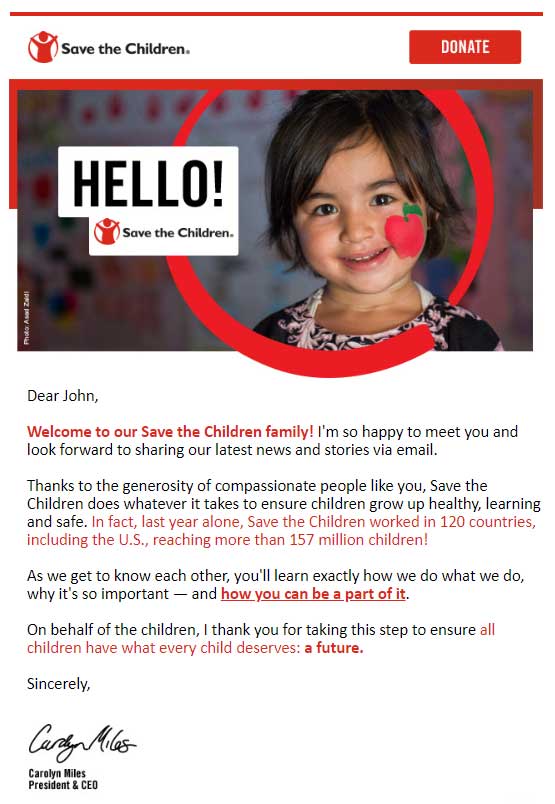How to Use Email Campaigns for Fundraising
-
 Mark Dinn
Mark Dinn - 22 Jun, 2023

Imagine checking your inbox on a random Tuesday morning, sipping your coffee, when an email pops up from a charity you love. It’s got a catchy subject line, some heartfelt messaging, and a clear call to action. Before you know it, you’re clicking through and making a donation. That’s the power of a well-crafted email campaign.
But creating an email campaign that actually drives donations? Not as simple as hitting “send.” You’ve got to get strategic. Let’s break it down.
1. Start with a Clear Goal
What’s your campaign’s purpose? Are you raising funds for a specific project, like building a new shelter or funding a school program? Or maybe you’re trying to bring in general donations to keep the lights on. Whatever it is, define it. Your entire email strategy hinges on this.
For instance, Charity: Water often runs campaigns with very specific goals, like funding clean water for a certain number of people. When their supporters know exactly where their money is going, they’re more likely to give.
2. Know Your Audience
Who are you emailing? Are they long-time donors, potential supporters, or volunteers? Segment your email list so you can tailor your messaging. Donors who’ve given before might appreciate updates on how their previous donations have made a difference, while potential donors need more information on why they should care.
Take a page out of the World Wildlife Fund’s (WWF) book. They segment their audience into different groups—animal lovers, climate activists, etc.—and send tailored messages that speak directly to their interests. This way, recipients feel like the email was written just for them.
3. Craft a Compelling Subject Line
Think of your subject line as the gateway to your email. If it’s dull or vague, no one’s going to click on it. Make it catchy, urgent, or even a bit mysterious. “Save a Life Today” or “You Can Make a Difference Right Now” are the kinds of subject lines that grab attention.
Look at how Amnesty International does it: they’re masters of the urgent subject line. “Act Now—Time is Running Out” gives you that immediate feeling that you need to do something, fast.
Here are some examples:


4. Personalize Your Message
Nobody wants to feel like they’re just another name on a list. Personalize your emails. Use the recipient’s name, mention past donations, or refer to specific causes they’ve shown interest in.
Note
For example, St. Jude Children’s Research Hospital excels at this. They’ll often reference a donor’s previous contributions in their emails, saying something like, “Thanks to your support last year, we’ve made great strides in cancer research. Will you help us continue this vital work?” It’s a small touch, but it makes a big difference.
5. Tell a Story
Humans are hardwired to respond to stories. Use this to your advantage. Share a powerful narrative about someone who’s been directly impacted by your organization’s work. Make it emotional, make it real.
Take a cue from Heifer International. Their emails often include stories about families in developing countries who have been lifted out of poverty thanks to donations. A story about how a single goat transformed a family’s life is far more compelling than statistics alone.
6. Include a Clear Call to Action
This is where many campaigns falter. Your call to action (CTA) needs to be clear, direct, and easy to follow. Don’t leave people wondering what to do next. Make it as simple as clicking a button that says, “Donate Now” or “Help Us Reach Our Goal.”
A good example is from the ASPCA. Their emails often end with a strong CTA like, “Give today to save lives.” The button is big, bold, and impossible to miss, guiding the reader exactly where they need to go.
7. Design Matters
People are visual creatures. A well-designed email can make all the difference. Use images, infographics, and videos to break up text and draw the reader in. But keep it clean—too much clutter can overwhelm the reader.
Note
The American Red Cross does this well. Their emails are visually appealing, often featuring high-quality images of the people they’ve helped. The layout is clean, with plenty of white space, making it easy to read and engage with.
8. Timing Is Everything
Send your emails at the right time. You don’t want your campaign getting lost in the sea of morning emails or buried under the weekend pile-up. Research shows that mid-week, around lunchtime, is often the best time to send fundraising emails.
If you’re running a campaign with a specific deadline, like Giving Tuesday, you’ll want to send multiple emails leading up to the day. Use the urgency to your advantage, but don’t overdo it. Too many emails can lead to unsubscribes.
9. Test and Refine
Don’t just send out your emails and hope for the best. Test different elements—subject lines, CTAs, images—and see what works. A/B testing can help you figure out which version of your email resonates more with your audience.
Look at how NPR does this. They constantly test their fundraising emails to see which ones get the best response, and they adjust their strategies accordingly. It’s a data-driven approach that pays off.
10. Follow Up
Don’t just disappear after the donation comes in. Send a thank-you email, update donors on the progress of the campaign, and keep them engaged for future campaigns.
The Sierra Club does this exceptionally well. After a fundraising campaign, they send follow-up emails that not only thank the donors but also show them exactly how their money is being used. This builds trust and makes donors more likely to give again in the future.
Email campaigns can be incredibly effective for fundraising, but they require thought, effort, and strategy. It’s not just about asking for money; it’s about building relationships, telling stories, and showing your audience the impact they can make.
Remember, the goal is to create a connection with your audience—one that goes beyond just dollars and cents. When done right, an email campaign can turn one-time donors into lifelong supporters. And that’s worth every ounce of effort.


